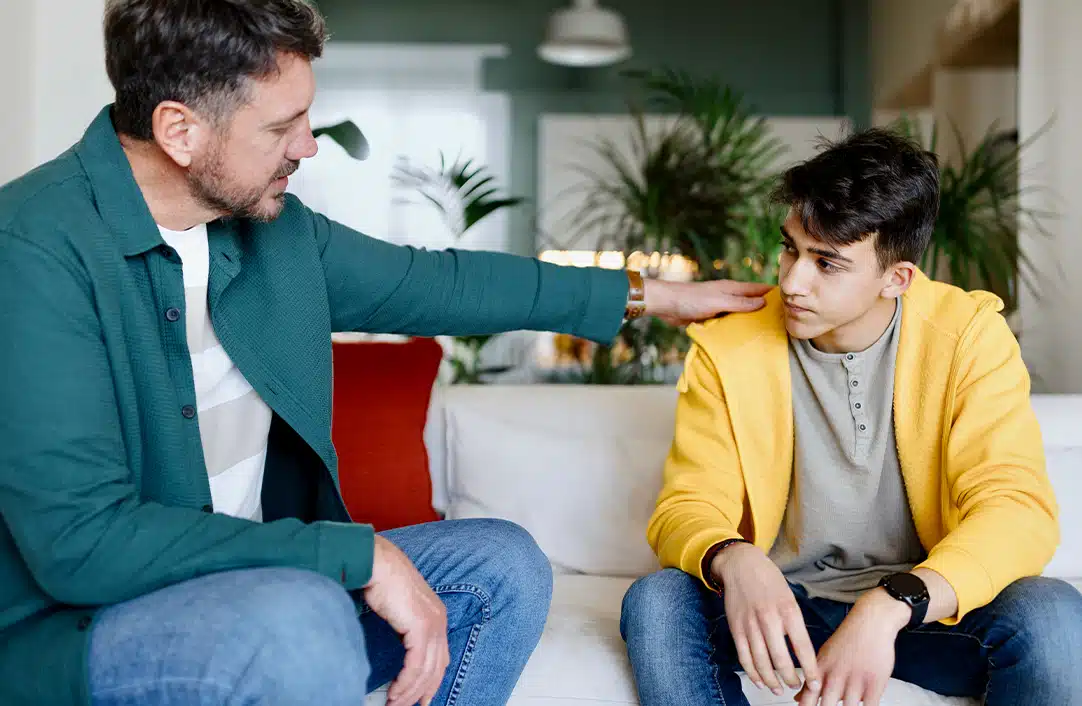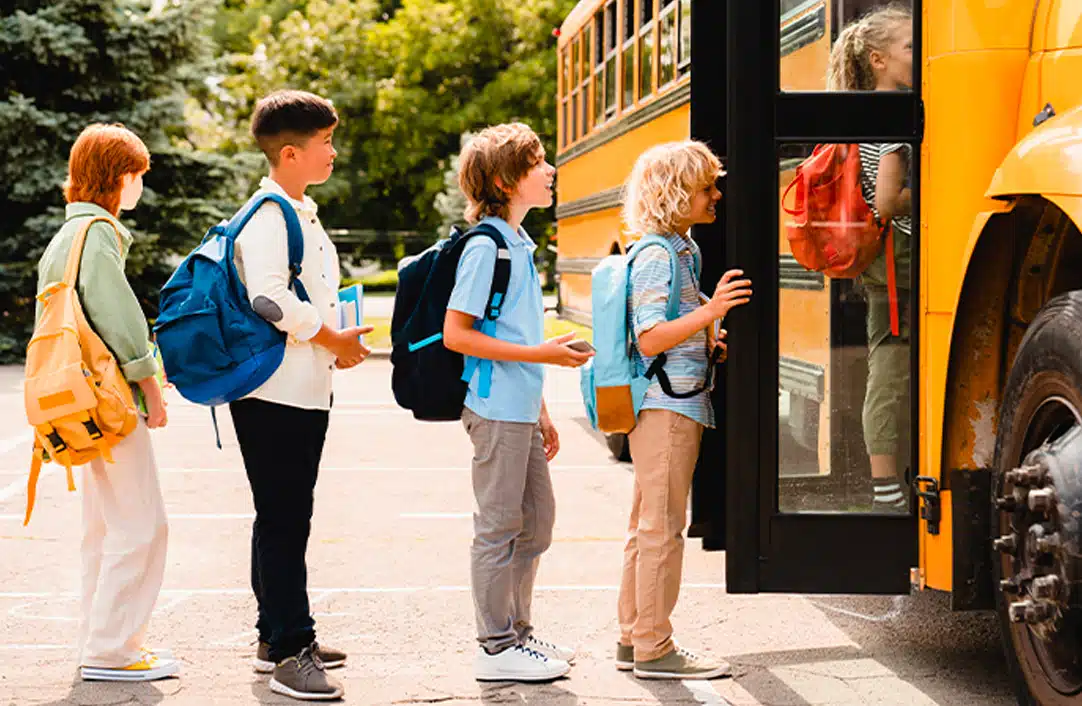Sending children to school is full of emotions and questions. Are they ready? Do they have good friends? Will they be safe?
The risk of sexual abuse is likely something on the minds of many parents. With the right knowledge and tools, you have the power to reduce the risk when your children are at school.
What Causes Sexual Assault in Schools?
There are a variety of risk factors that can lead to sexual abuse in schools. Some other risk factors can include individual, relationship, community, and societal risk factors.
When it comes to individual risk factors, children who experience higher levels of loneliness, isolation, and bullying are at greater risk of being sexually assaulted.1 Children with disabilities are also at a higher risk, along with youth who identify as LGBTQIA+.2
Other factors that come into play—for both perpetration and victimization—include things like alcohol and drug use, aggressive behaviors, early sexual initiation, and exposure to sexually explicit media, among others.3
Relationship risk factors that may show up in school are a family history of conflict and violence, an unstable home environment, lack of emotional support, poor parent-child communication and association with sexually aggressive or delinquent peers.
Community factors that may lead to higher instances of sexual assault are things like poverty, lack of institutional support, and weak community sanctions against sexual abuse perpetrators.
Finally, societal factors may include things like norms that support sexual harassment or violence, a system that constantly lets survivors down, and high levels of crime in general. These may apply to society at large or to the culture within the school itself.
What Is Educator Sexual Abuse?
When an educator or teacher is perpetrating sexual harassment or abuse against a student or any minor, this is known as educator sexual abuse. It can encompass a wide range of actions, from showing students sexually explicit materials or speaking in sexual innuendos to inappropriate touching or sexual relationships.
These cases often appear in the news or on Twitter feeds, and while we want to protect our children from every threat, it’s also important to remember that when it comes to sexual abuse in schools, student-on-student sexual assault and violence are much more common than educators targeting their students.4 Students are more likely to be victimized by other students than by teachers.
What Is Grooming and What Are the Signs?
Whether students are being groomed for sexual abuse by peers or adults at school, it’s important for parents to be able to recognize the signs. Grooming behaviors are used to build trust with a child methodically, subtly, and gradually. They escalate over time and may eventually lead to sexual abuse.
There are six common grooming behaviors that perpetrators may use to build up to sexual harassment and sexual abuse. They include forming relationships, testing boundaries, touching, intimidating or sexual bullying, sharing sexually explicit material, and communicating secretly. These behaviors may happen at school or outside of it (such as through online interactions or messaging), or a combination of the two.
Percentage and Statistics: How Common Is Sexual Abuse in Schools?
Statistics show that 1 in 5 children is sexually abused before the age of 18. In the 2017–2018 school year, over 13,000 students in the United States reported being sexually assaulted, according to the Civil Rights Data Collection division.5
Youth are responsible for about 50% of all sexual offenses against other children. When it comes to child sexual abuse perpetrators for school-aged children or teens, peers present a greater danger for boys than for girls. Boys are more likely to be sexually abused by a peer acquaintance and girls are more likely to be sexually abused by a romantic partner.6
Prevention: How Can I Protect My Child from Sexual Abuse at School?
The good news is it is possible to reduce the risk of your child being sexually abused or sexually assaulted at school. One of the best things you can do is have ongoing, age-appropriate conversations with your child about topics such as consent, boundaries, and healthy sexuality.
These conversations help your child learn that they have a voice, respect the boundaries of others, and can talk to a safe adult if they feel a situation or person is making them uncomfortable. Having these talks with your child, along with making efforts to help them increase their self-esteem and confidence, lower the risk of sexual abuse in every situation, including at school.
For more information on lowering the risk of child sexual abuse, visit Saprea’s prevention resources.
About the author
Shannon Hall
Social Media Strategist
Recent blogs

Common Symptoms Experienced by Adult Survivors of Child Sexual Abuse

Statute of Limitations on Sexual Abuse


